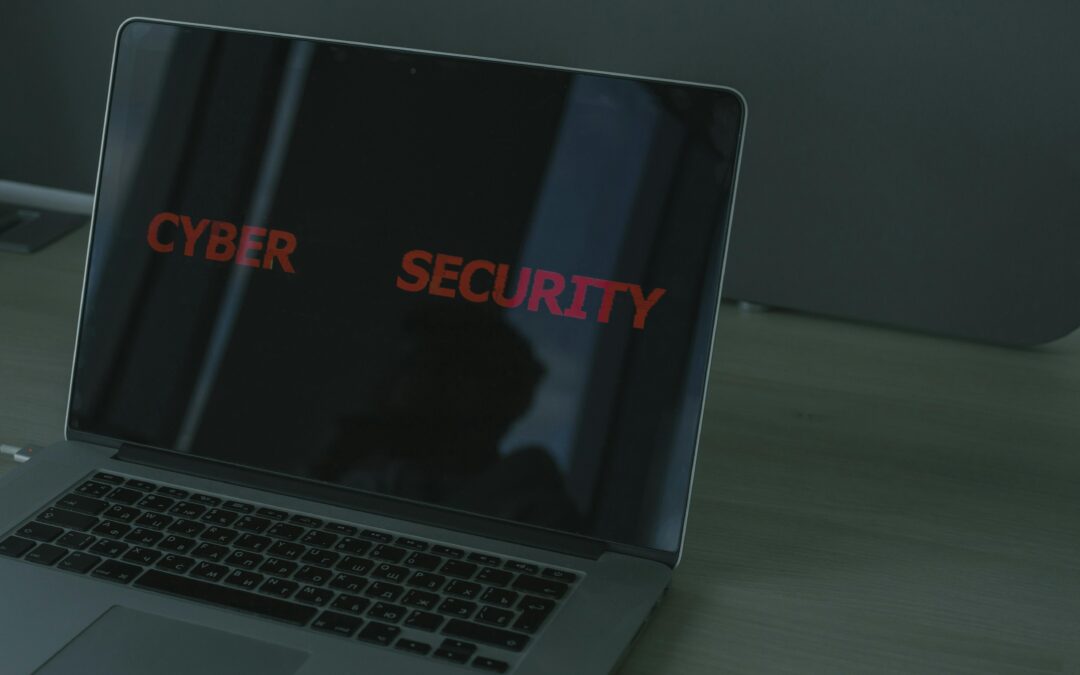- Mid-sized businesses are increasingly targeted by cybercriminals due to limited security resources, making threats like phishing, ransomware, malware, and insider risks more dangerous than ever.
- Common vulnerabilities, such as misconfigured cloud systems, weak credentials, and poor employee training, can lead to significant financial and reputational damage if not proactively addressed.
- UCCrew helps mid-sized businesses build stronger cyber defenses through secure access control, structured cabling, surveillance solutions, and Cisco-powered technologies tailored to reduce risks and ensure long-term protection.
Cybersecurity isn’t just a big-business problem anymore. Over 60% of mid-sized companies have experienced at least one cyberattack in the past year, and many never fully recover. With limited IT staff and growing digital footprints, mid-sized businesses are fast becoming prime targets for cybercriminals. These organizations often hold valuable data but lack the strong defenses of enterprise-level operations, making them a sweet spot for attackers.
Let’s unpack the most pressing cybersecurity threats facing mid-sized businesses today—and explore why this segment must take a proactive, strategic approach to defend their digital assets.
The Pervasive Threat of Phishing and Social Engineering
Phishing and social engineering attacks are among the most common and dangerous forms of cybercrime targeting mid-sized businesses. These tactics rely on deception rather than brute force, tricking employees into handing over sensitive information or clicking on malicious links. A typical example might be an email posing as a trusted vendor requesting payment details, or a fake login page mimicking a widely used platform like Microsoft 365.
More sophisticated forms include spear phishing, where attackers research their targets to craft highly personalized emails, and Business Email Compromise (BEC), in which criminals impersonate executives or financial officers to authorize wire transfers or access confidential data. These attacks can cause devastating financial loss and damage a company’s credibility with clients and partners.
Mid-sized businesses are particularly vulnerable. With fewer resources devoted to cybersecurity training, teams may not recognize warning signs. A close-knit company culture can foster trust that attackers exploit, and the absence of full-time security experts often means malicious communications slip through the cracks. According to a 2024 Verizon Data Breach Investigations Report, phishing was involved in 36% of all breaches involving small and mid-sized businesses, underscoring just how pervasive, and effective, this threat really is.
The Crippling Impact of Ransomware
Ransomware is no longer just a digital nuisance; it’s a full-scale crisis when it strikes. This form of malware locks companies out of their systems or encrypts critical files, demanding payment for their release. Today’s attackers often use a double-extortion model: not only do they hold your data hostage, but they also threaten to leak sensitive information unless the ransom is paid. Imagine your entire office being locked from the inside, with criminals threatening to publish your client files if you don’t meet their demands; it’s a digital hostage situation with real-world consequences.
The financial damage goes far beyond the ransom itself. Downtime halts productivity, recovery can take weeks, and the cost of restoring systems, rebuilding trust, and managing PR fallout can be staggering. Many businesses also suffer regulatory penalties if personal or financial data is exposed.
Mid-sized businesses are prime targets. They’re often seen as “just big enough” to afford a payout but not secure enough to fend off sophisticated attacks. These organizations face an impossible decision: pay and risk funding future attacks, or refuse and face even greater losses. Either choice can be devastating, especially for companies without a comprehensive cybersecurity and recovery plan in place.
The Silent Infiltrators of Malware and Its Varieties
Malware, short for “malicious software”, comes in many forms, including viruses, trojans, spyware, and keyloggers. Each variant serves a different malicious purpose, but the end goal is typically the same: to steal sensitive data, disrupt normal operations, or gain unauthorized access to critical systems. Unlike ransomware, which demands attention, many forms of malware operate quietly in the background, making them harder to detect.
Common entry points for malware include phishing emails with infected attachments, downloads from unsecured websites, and security holes in outdated software or operating systems. A single careless click can open the door to weeks—or even months—of undetected infiltration.
The consequences are far-reaching. Spyware, for instance, can silently harvest customer data or financial records over time, creating not only operational headaches but also serious compliance violations and legal exposure. For mid-sized businesses, the damage from unnoticed malware can accumulate until it becomes a full-blown crisis.

The Insider Threat
Insider threats can be especially damaging because they originate from people with access to your systems. These threats typically fall into two categories: malicious insiders, who intentionally seek to harm the organization (e.g., stealing data or sabotaging systems), and negligent insiders, who unintentionally cause harm, like clicking on a phishing link or mishandling sensitive information.
For mid-sized businesses, the risk is amplified by looser access controls, informal security policies, and inadequate offboarding procedures. When employees have broad system access and there’s no clear protocol for revoking permissions after someone leaves, the door stays open for both accidental and intentional damage.
Navigating the Cloud with Caution
Cloud services offer mid-sized businesses tremendous advantages, cost savings, scalability, and remote access to critical tools. But without proper oversight, the cloud can also introduce serious security risks. One of the most common pitfalls is misconfigured storage, where sensitive data is left exposed due to default settings or human error. Weak or reused passwords for cloud accounts further compound the risk. Another issue is misunderstanding the shared responsibility model, where businesses assume the cloud provider handles all security measures. In reality, it’s a joint effort, and neglecting your part can leave critical data vulnerable to breach or theft.
Imagine a former employee using their still-active credentials to download a client database, or a well-meaning staff member who, without training, opens an infected email attachment. These aren’t far-fetched scenarios; they’re everyday risks for businesses that don’t prioritize internal security protocols.
How UCCrew Can Help Protect Your Business
At UCCrew, we specialize in building secure, future-ready infrastructures that safeguard your business from today’s most pressing cyber threats. From implementing secure access control systems to designing robust network cabling and surveillance solutions, our team ensures your physical and digital environments are fully protected. We help mid-sized businesses eliminate vulnerabilities through expert installation, ongoing support, and seamless integration of Cisco-powered technologies. Whether you’re upgrading your security posture or preparing for future growth, UCCrew offers the experience and reliability you need to stay one step ahead of cybercriminals.
Ready to Strengthen Your Business Security? Partner with UCCrew for expert solutions that protect your network, secure your facility, and prepare you for what’s next. Contact us today for a customized consultation and see how we can future-proof your business.


